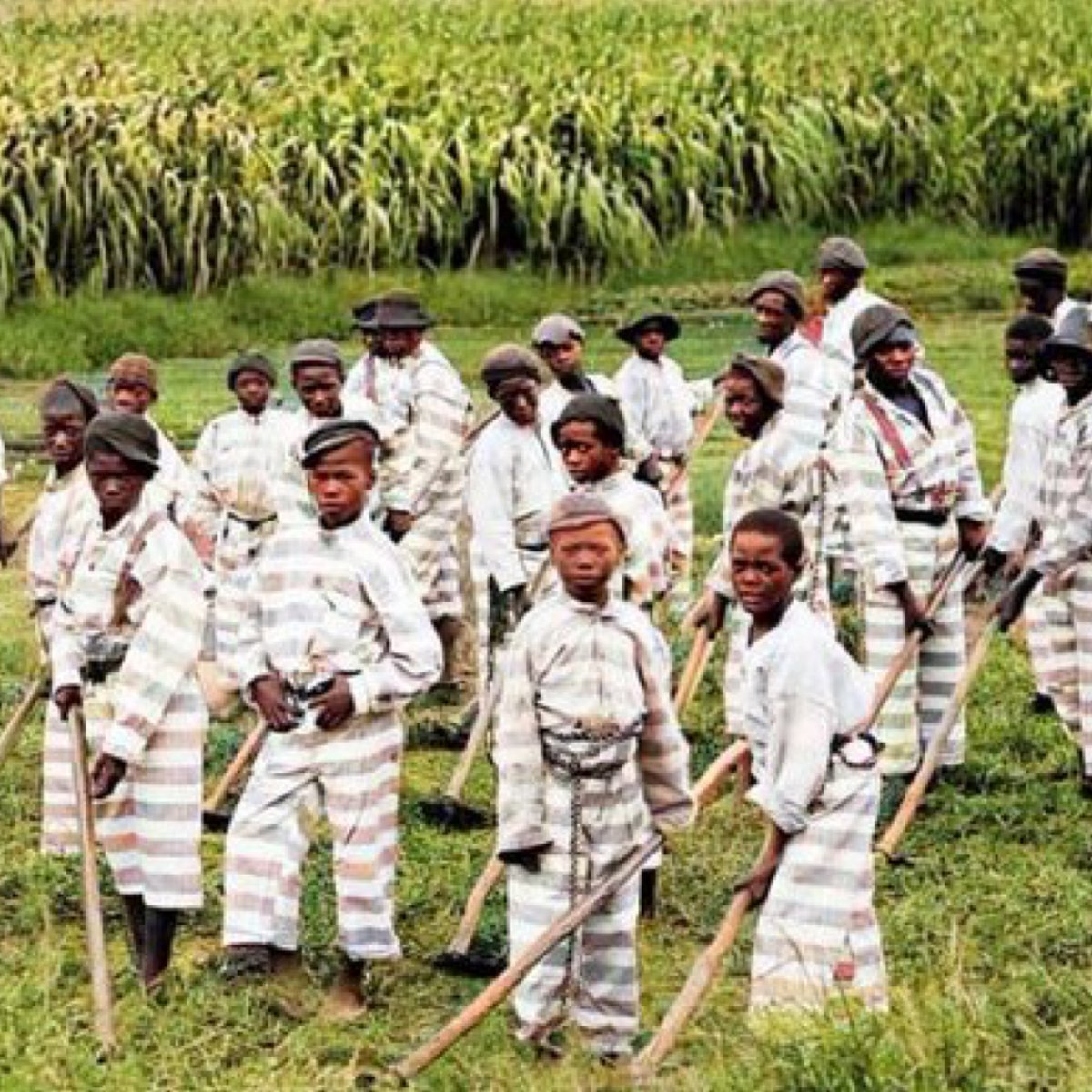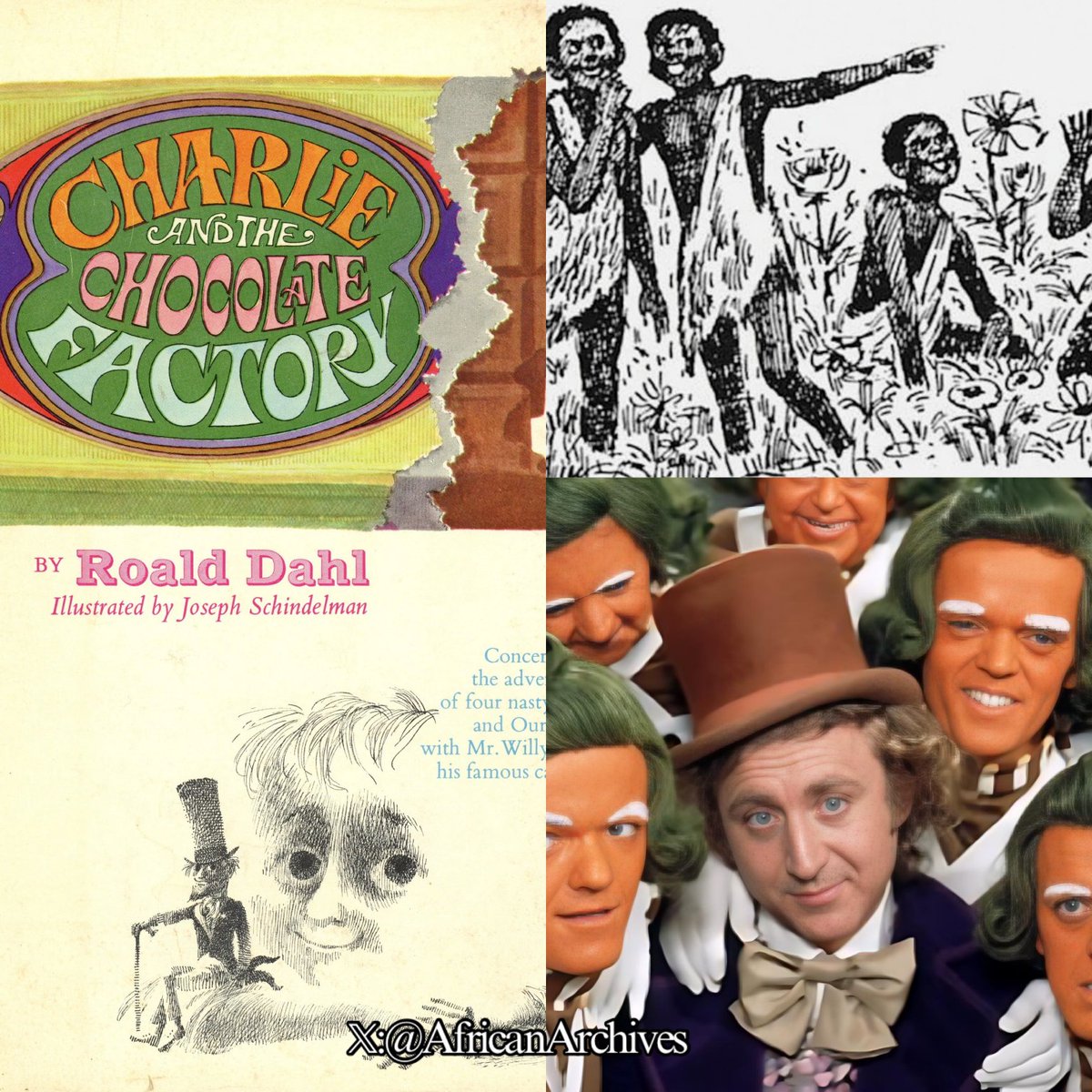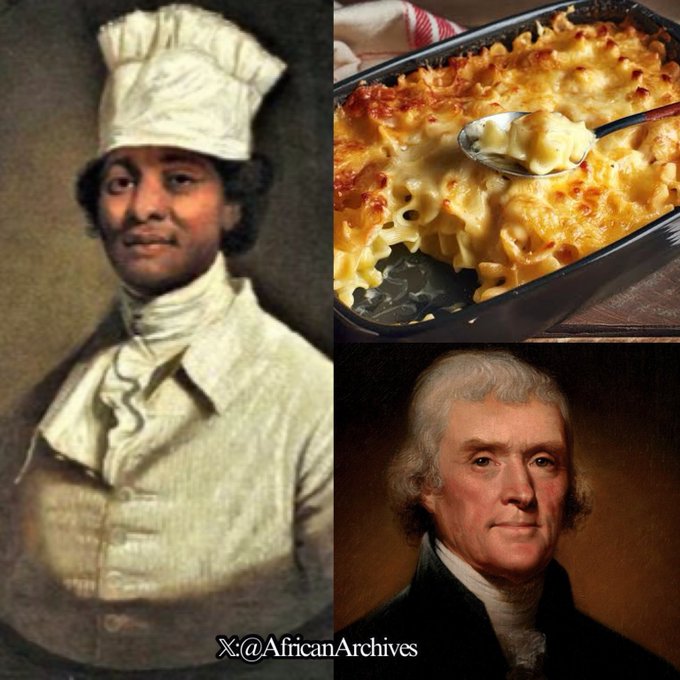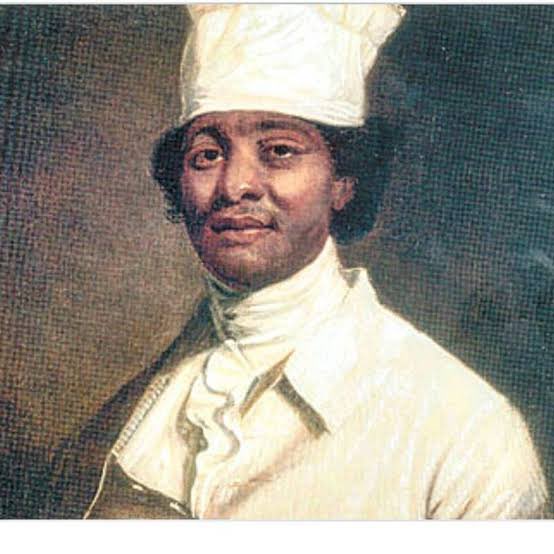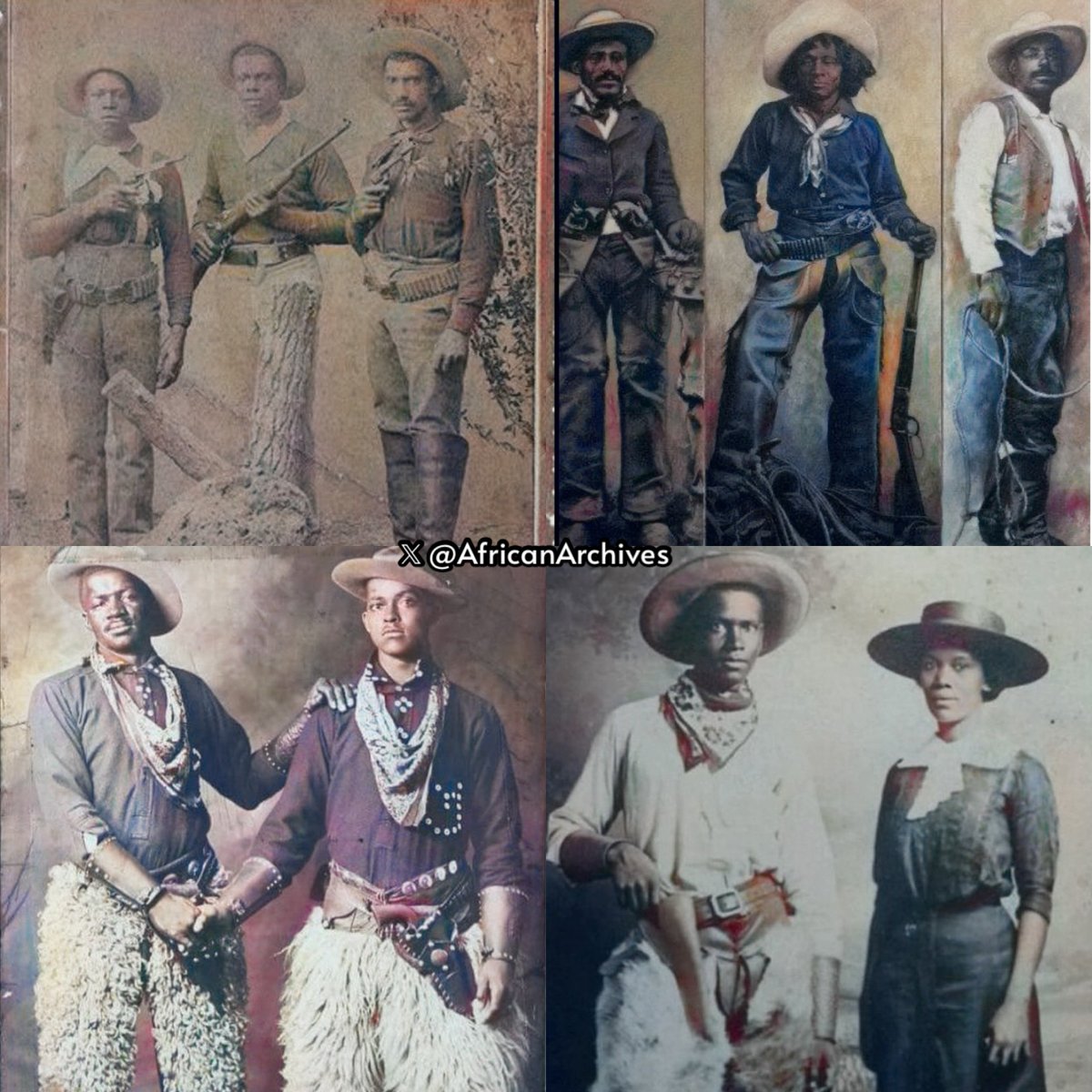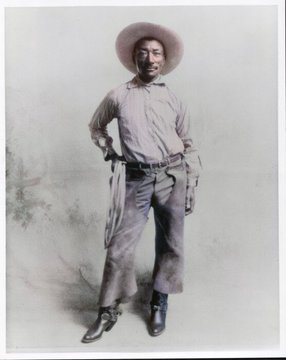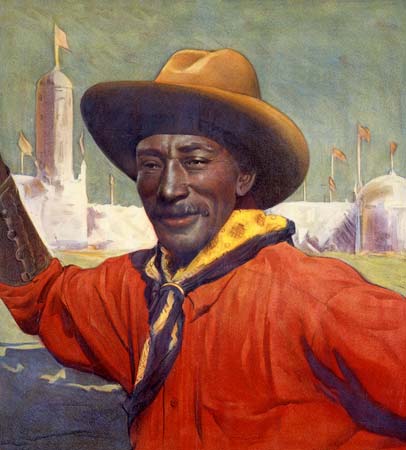Happy 84th birthday to Claudette Colvin!
She refused to move to the back of a bus 9 months before Rosa Parks, the NAACP did not want to use her to represent them because she was 15 & pregnant.
Other women who refused to give up their seats before Rosa Parks
A THREAD!
She refused to move to the back of a bus 9 months before Rosa Parks, the NAACP did not want to use her to represent them because she was 15 & pregnant.
Other women who refused to give up their seats before Rosa Parks
A THREAD!
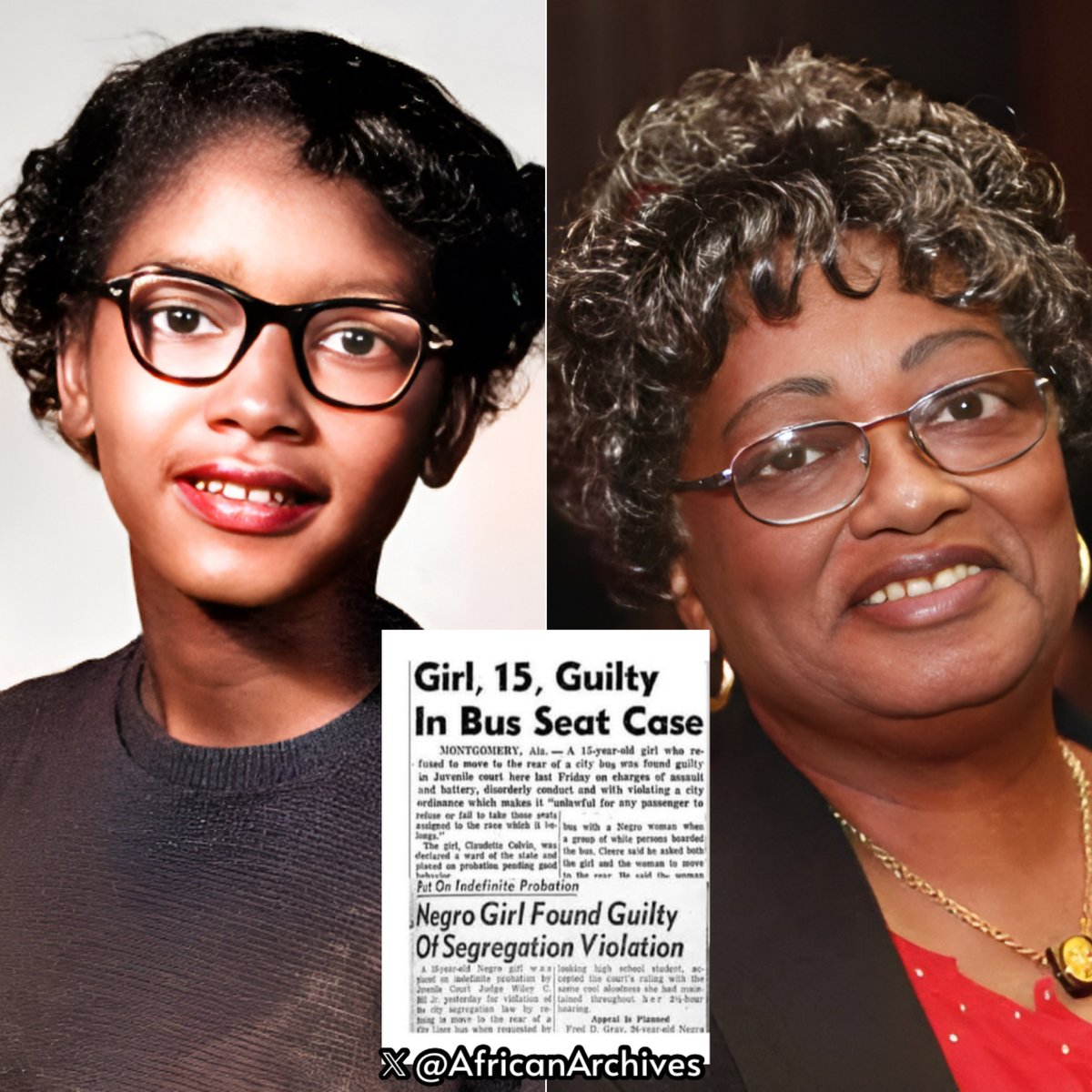
A century before Rosa Parks, there was Elizabeth Jennings
In 1854, she refused to get off of a streetcar that only allowed white passengers.
She was arrested. She sued (and won), and her case led to the eventual desegregation of NYC's public transit.


In 1854, she refused to get off of a streetcar that only allowed white passengers.
She was arrested. She sued (and won), and her case led to the eventual desegregation of NYC's public transit.
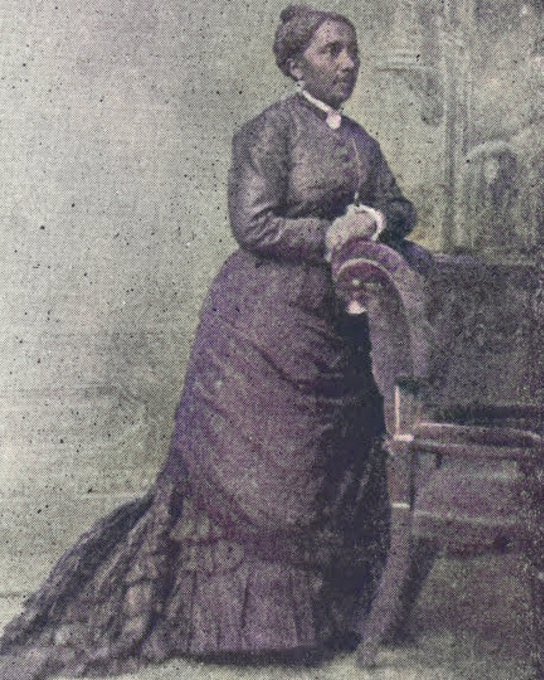

In 1944, Irene Morgan refused to give up her seat to a white passenger on a Greyhound bus in Gloucester County, VA. She was charged with violating Virginia Jim Crow laws. In 1946, the U.S. Supreme Court ruled in her favor, striking down Virginia’s law in Morgan v. Virginia case.


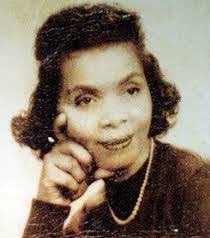

4 years before Rosa Parks, there was PFC Sarah Keys from the Keyesville neighborhood of Washington, NC, who when traveling from Fort Dix in NJ back home to Washington, NC in 1951, was told to give her seat to a white Marine and move to the back of the bus. 
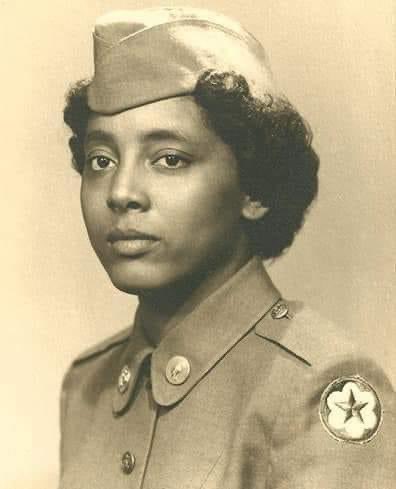
She refused to move, thus the driver emptied the bus, directed the other passengers to another vehicle & barred Keys from boarding it. When Keys asked why she shouldn’t ride the bus, she was arrested, and spent 13 hours in a cell and paid a fine
In October 21, 1955: 18 year old Mary Louise Smith REFUSED to give up her seat on a city line bus to a white passenger thus she was arrested. 

In 1956, Smith was one Of 5 women named as plaintiffs in the federal civil suit, Browder v. Gayle, challenging the constitutionality of the state and local bus segregation laws. On June 13, 1956, a three-judge panel of the District Court ruled that the laws were unconstitutional.
Ida B. Wells successfully sued the Chesapeake and Ohio Railroad Company after she was forcefully removed from a Tennessee train for refusing to give up her seat to a white passenger.
The victory was later reversed by the Tennessee Supreme Court.
The victory was later reversed by the Tennessee Supreme Court.

You can support my history page/project here through donations/tips to keep up on: africanarchives.support


• • •
Missing some Tweet in this thread? You can try to
force a refresh


